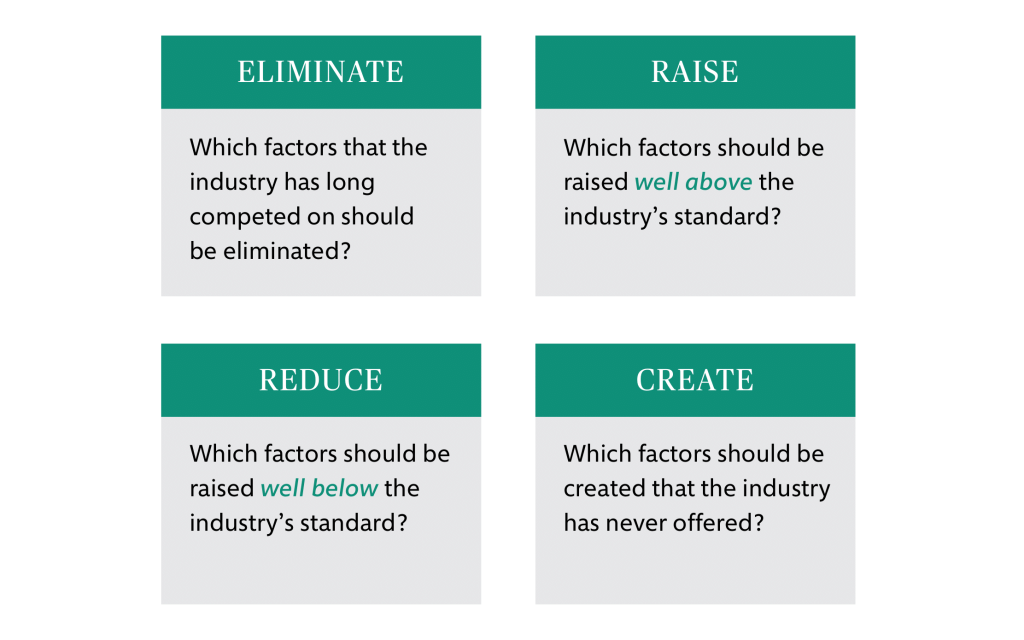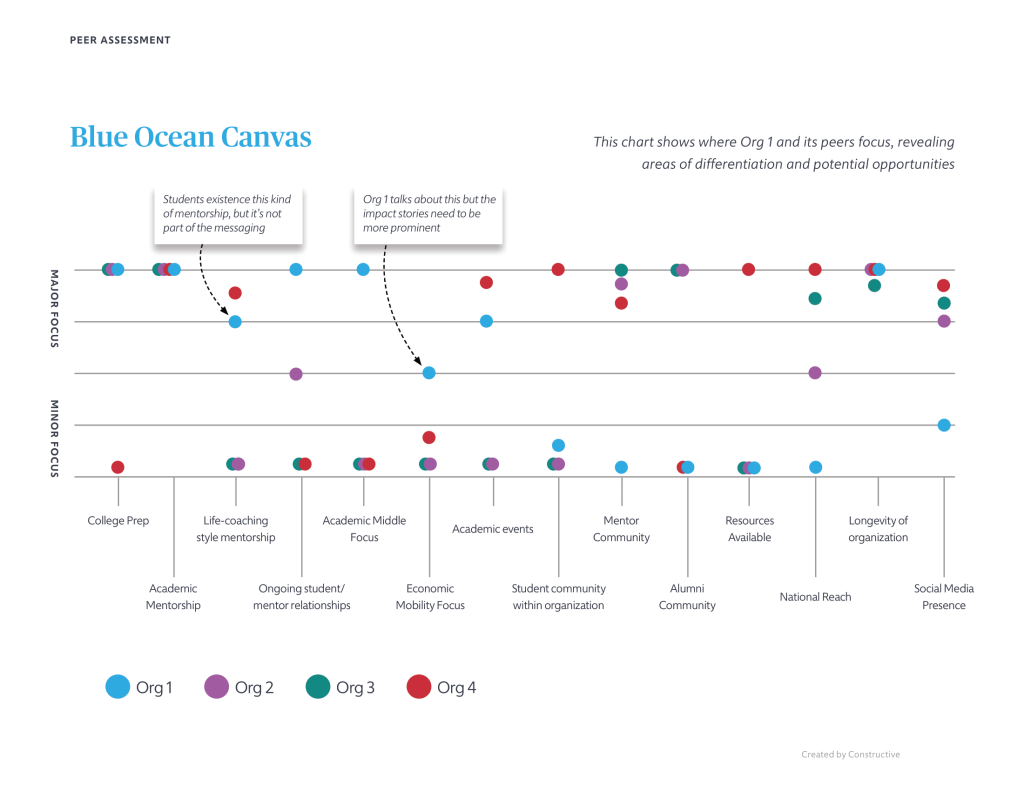Define orchestra.
Many of us may imagine classically-trained musicians playing masterpieces in grand concert halls.
Now… redefine orchestra.
That’s exactly what renowned Scottish conductor Paul MacAlindin asked himself to do when he embarked on a journey to help create the National Youth Orchestra of Iraq with then 17-year-old Zuhal Sultan in 2008. With no formal music schools in the country, a lack of funding, and a host of logistical challenges to overcome in order to bring self-taught musicians together, MacAlindin and Sultan had to think differently. Instead of copying the strategy of other youth orchestras — many of which were well-established and attracted elite players — this talented duo adopted what is called the Blue Ocean Strategy to achieve something never done before.
By eliminating traditional big-name soloists, reducing the cost of training by hosting auditions and lessons over Skype, and raising partnerships with established players to increase funding and support, they created a new type of orchestra — one that played the cultural music of Kurdish and Arab composers and embraced both the culture and passion of the youth musicians.

The outcome? The “Bravest Orchestra in the World” proved that music could unite Sunni, Shia, Kurdish, Arab, Turkomen, Assyrian, and Armenian youth to present a new face of Iraq that told the story of peace-building, reconciliation, and communication — not just war. The National Youth Orchestra of Iraq built a brand that hinged on bravery and diplomacy, not competition against other orchestras. And in doing so, they gained international acclaim.
Developed by Renee Mauborgne and W. Chan Kim, Blue Ocean Strategy helps leaders differentiate their brand and service offering through a focus on developing new markets instead of competing in the current landscape. Tools like the Strategy Canvas — a visual way to map the strategic landscape of organizations against industry peers — and the Eliminate-Reduce-Raise-Create (ERRC) Grid (that MacAlindin and Sultan used above) can guide users through effective ways to redefine and reposition their businesses by exploring what they should do more of and less of in order to stand out.
These tools and phrases like “uncontested markets” may feel like they only apply to businesses, but the authors also demonstrate how nonprofits — organizations that are not competing for size, scale, and profit — can use these methods to differentiate themselves and, as a result, better serve the people and solve the issues they care most about.
Building Nonprofit Strategy with the Blue Ocean Shift
At Constructive, we often apply the Blue Ocean Strategy methodology to our brand strategy work. In a recent project for an organization focused on academic mentorship, we used the Strategy Canvas as part of our peer analysis. We looked at similar organizations in order to see where there were overlapping services, focus areas, and groups being served. Nonprofits can use the Blue Ocean Strategy to ask “how can we meet an unmet need?” and have a major impact on the outcome.
We discovered that our client had opportunities to serve a population of students often overlooked among academic support programs and differentiate themselves in ways that would resonate with school districts, donors, mentors, and mentees.

From this exercise, we chose to elevate their focus around three key areas of differentiation:
- Economic mobility as the north star rather than finite goals like high school graduation
- Students who would have no trouble graduating high school but would be in danger of not applying to college for a range of different reasons — financial, family, culture, etc. — instead of a broad range of students
- And the depth and style of the mentor/mentee relationships — many lasting for years and falling well outside the realm of academic mentorship and wading into life-coaching, championing, and developing deep bonds of friendship and respect — instead of mentorship relationships that end after graduation.
These key differentiators identified how this organization stood out from its peers, but more importantly, this exercise unlocked new insights and opportunity. By pinpointing what makes them unique, we were able to help this organization more clearly articulate their mission, values, and vision for future expansion so that more students can experience lifelong mentorship and ultimately achieve economic mobility and opportunity. These results bolstered the need for a new organizational name that better represented the nonprofit’s almost 30-year legacy — and kicked off a rebranding process to carry their vision forward in meaningful ways for the next 30 years of impact.
Redefining Your Organization
Even if some nonprofits and most foundations do not look at their brand as a means to differentiate themselves in competition with their peers, the reality is that even in a collaborative ecosystem, there is important competition. While nonprofits and foundations don’t need to compete for profit in the same way as businesses, there is still a clear need for growth, talent, and funding.
As countless organizations work tirelessly at solving similar problems in their respective issue areas, it can be difficult to discern what makes them different from one another. When the time comes then to engage with funding, donors, participants, or volunteers, each organization runs the risk of fading into the background as opposed to standing out as unique and essential contributors to their field. By using a brand to carve out a niche, a nonprofit can show people exactly what their organization does, why they should care, and how their time and resources will help solve the problem that they care about.
Good leaders are constantly thinking about how to evolve their organization to meet the ever-changing needs and demands in today’s digital world. Whether leaders are considering organizational expansion, a new campaign for donations, or a total rebrand, Blue Ocean Strategy is a defined and effective tool that, at the very least, kick starts important conversations in both small and large organizations. In our practice, we’ve found that this unique methodology can successfully help organizations refine their value proposition, positioning, focus, messaging, and branding in order to speak deeply to the hearts and minds of donors and funders, volunteers, partners, and grantmakers.
Blue Ocean Strategy is a reminder that when we break outside of the bounds of our own definitions and assumptions of how nonprofit strategy “should” or usually works, the result often drives more compelling stories of impact and genuine connection with the people we serve.
So, be brave. Redefine orchestra. Read Blue Ocean Strategy. And unlock your organization’s unique value by reimagining the possibilities… In the end, you may get exactly that.





